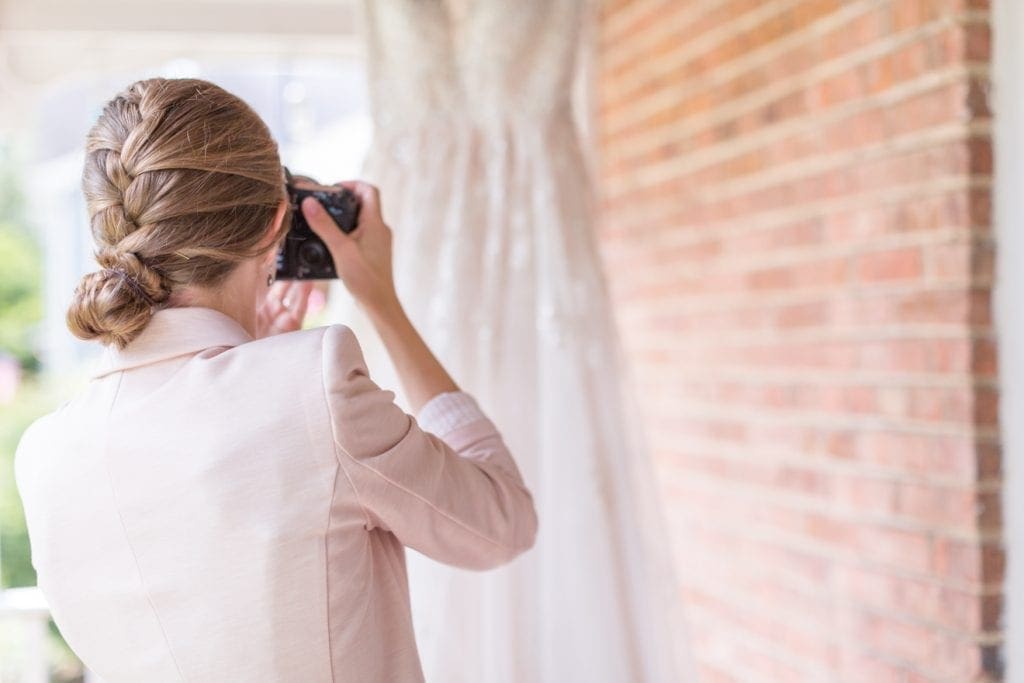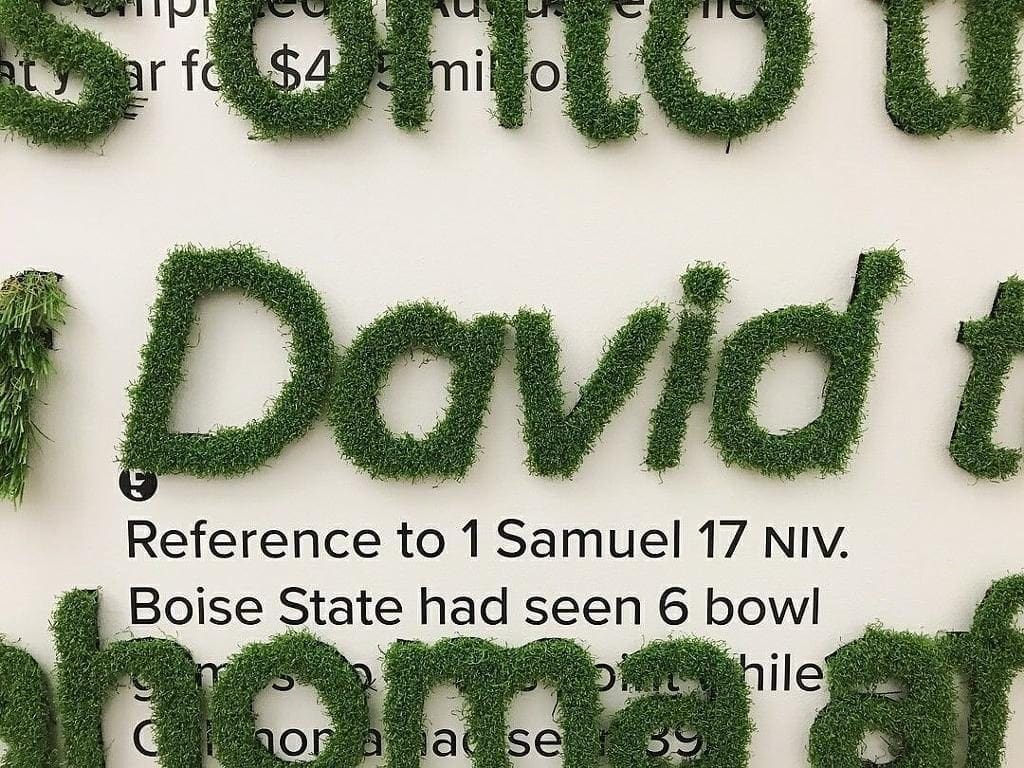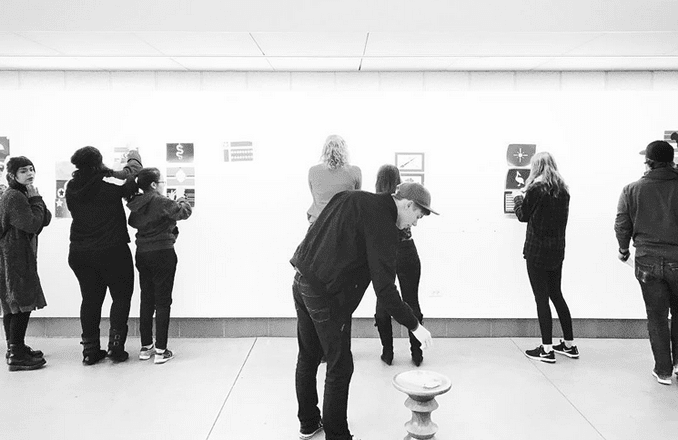Initiative Category: Art & Design


Alumna Becky Dean and her husband, Professor Kaleb Dean, take their love of art and photography and make something special.
“My husband and I run a photography and design business called Pen and Lens: “Pen,” for the sketchbook process and artistry that takes place when Kaleb takes his ideas for branding, design, and entrepreneurial ventures and puts them on paper, and “Lens,” for the way my artistic and relational heartbeat come alive when I work with clients and capture their personalities and relationships through my camera. ”
Learn more: http://voyagechicago.com/interview/meet-becky-dean-pen-lens-south-loop/


Congratulations to Professor Kaleb Dean ’14 on his Masters of Design year end show! His show Ludis et Veritas examines the graphic representations of university academic and athletic programs, investigating who these dual identities serve and how students and athletes are represented, while questioning the use and abuse of student athletes as resources.
Viewing incomparable artwork from masters across the centuries, including the designs of Trinity’s own faculty—that’s what Trinity Art & Design students recently did on an all-day field trip to some of Chicago’s world-famous museums.
Led by Prof. John Bakker, students visited the Art Institute of Chicago, the Chicago Cultural Center, and the Museum of Contemporary Art. They also toured Co-Prosperity Sphere for the opening of Type Force, an annual showcase of emerging typographic artists, where Instructor Kaleb Dean’s work is currently being showcased.
Check out more images from the field trip here.
Trinity 2017 alums Andrea Sanchez and Elizabeth Vande Griend recently showcased their artwork (and incredible talent) at the Yu:o Gallery in Chicago .
In honor of Women’s Month & International Women’s Day, the show was themed “Lady Vibes.” According to the gallery, the show featured “a mischievous playground of Chicago based female-identified artists whose interdisciplinary skill sets create impact and dynamism within the industry. Each selected exhibitor is a paragon in their own right, creating a visual dialogue that connects the soul to the senses.”


Art is a dialogue without words. Just as in a good library where a wide range of views are represented, so in our gallery you will see a cross section of work and viewpoints from across the art world. The gallery presents five shows by professional artists each year. These artists range from internationally famous artists like Tim Rollins to Conrad Bakker before he was well known to Chicago artists.
For more information, visit the Seerveld Gallery page.
To be in Galesburg at night is to hear a cacophony of train whistles and Harley engines, but for portraitist and Knox Artist-in-Residence John Bakker, bikers and train conductors can only begin to encapsulate the Galesburg experience.
Bakker, Professor of Art and Design at Trinity Christian College, just finished a three-month residency characterized by his determination to honor and embrace the people of Galesburg. Bakker’s Galesburg Portrait Project, currently hosted at The Box, is a work in progress that seeks to represent the Galesburg community through an arrangement of 310 hand-painted portraits.
The Galesburg Portrait Project confronts attitudes in the culture that he finds profoundly dehumanizing. “To pay attention to somebody for the two or three hours that it takes to make a painting is a performance that affirms their humanity, their dignity, their worth,” Bakker said.
Bakker is concerned with representing a wide array of people. He hopes to showcase a plethora of ethnicities, economic backgrounds and social statuses. Bakker devoted equal time to each person’s portrait.
In this way, Bakker challenges the traditional interpretation of portraits being the domain of the influential and wealthy. “It’s about saying, whatever economic circumstances you’re in, you matter,” Bakker said.
Throughout the installation process, Bakker grew increasingly concerned about the potential for bias in his portrayal of Galesburg residents. In an effort to showcase residents as they presented themselves, Bakker chose to solicit personal photographs rather than take them himself. However, this choice had the potential to result in participation bias, particularly toward women and people of a certain socioeconomic status.
With these concerns in mind, Bakker made an earnest effort to connect with those who lack the necessary technology to transmit photographs and information digitally. Bakker even went so far as to photograph people himself as evidenced by a central panel that features a man astride a Harley-Davidson motorcycle.
Discouraged by his minimal number of male subjects, Bakker was drowning his sorrows at the local KFC when he encountered the biker. Bakker immediately seized upon the chance to depict the Galesburg biker contingent, and followed him out to the parking lot to ask for a picture. After completing the portrait, Bakker rushed the still-wet painting to the biker at the Shady Hill Saloon, where he hoped to meet more potential male subjects.
When Bakker arrived, the bar was practically empty and his hopes were dashed. But Bakker was gratified by the biker’s reaction to his portrait.
“He couldn’t stop smiling, you could tell he was just really touched by the fact that somebody had done his picture,” Bakker said.
Several institutions have already expressed an interest in displaying the project including City Hall, Knox College, The Beanhive and the Kensington. No official schedule has been established, but Bakker hopes the community will take ownership of the project.
“I care that it ends up in a place where people take care of it. It’s one of the reasons I want the text on the side of the box it will become this historical artifact,” Bakker said.
But the Galesburg Portrait Project cannot begin its journey until it’s officially completed. Bakker will return to Galesburg in the spring to complete and present the project Ñ which will include the addition of six or seven mirrored panels. The mirrors will be placed at various heights and angles, enabling all viewers to see themselves in the context of the Galesburg community.
“My hope is that, whoever you are in Galesburg, when you look at it, you go, ‘Oh yeah, this is us,’” Bakker said.
